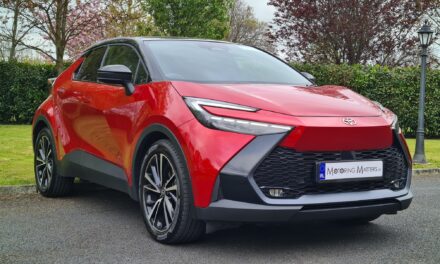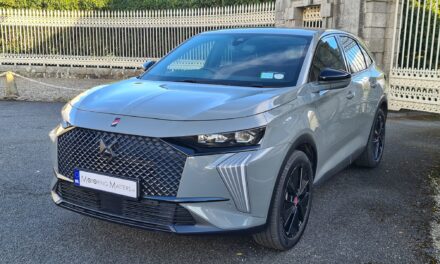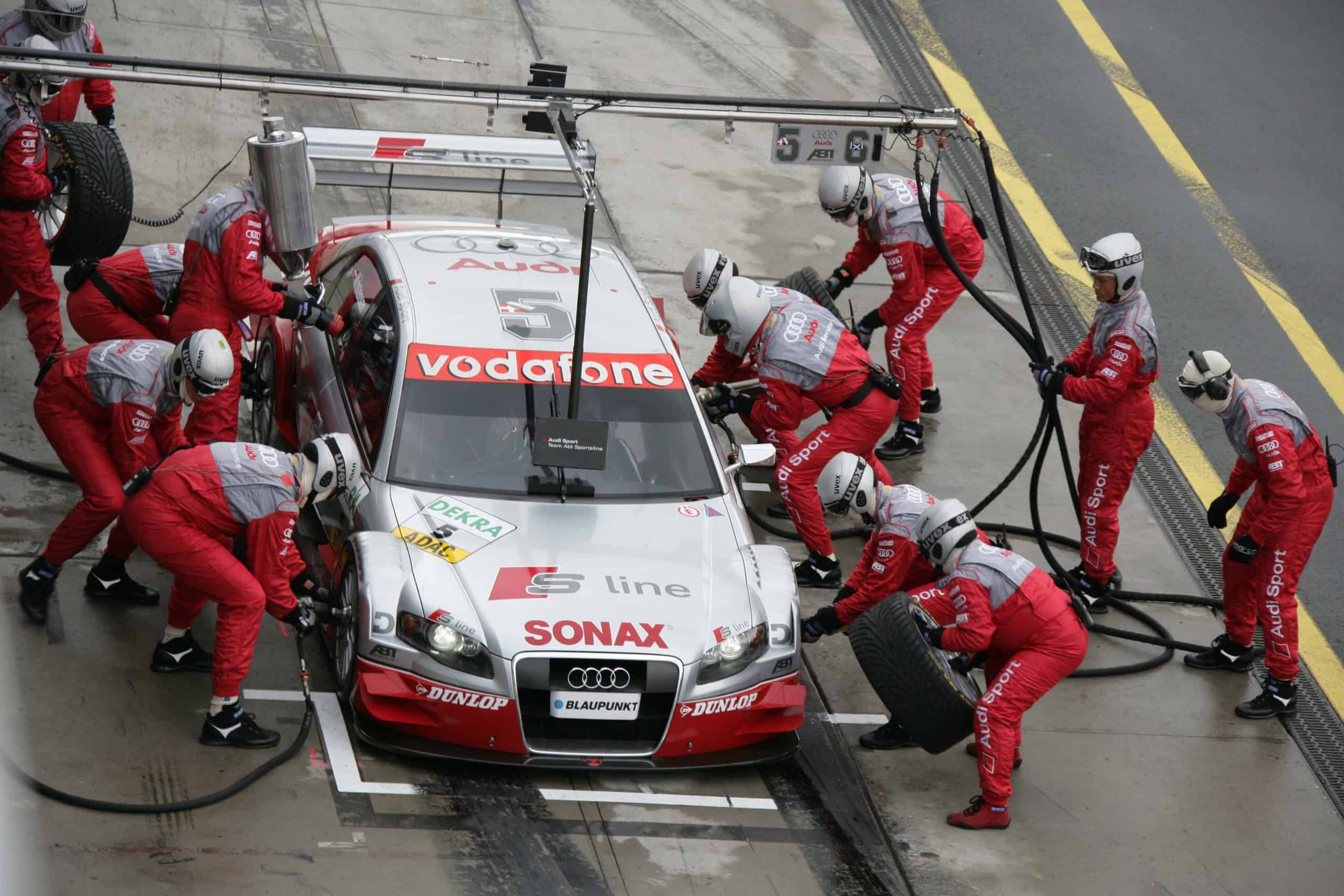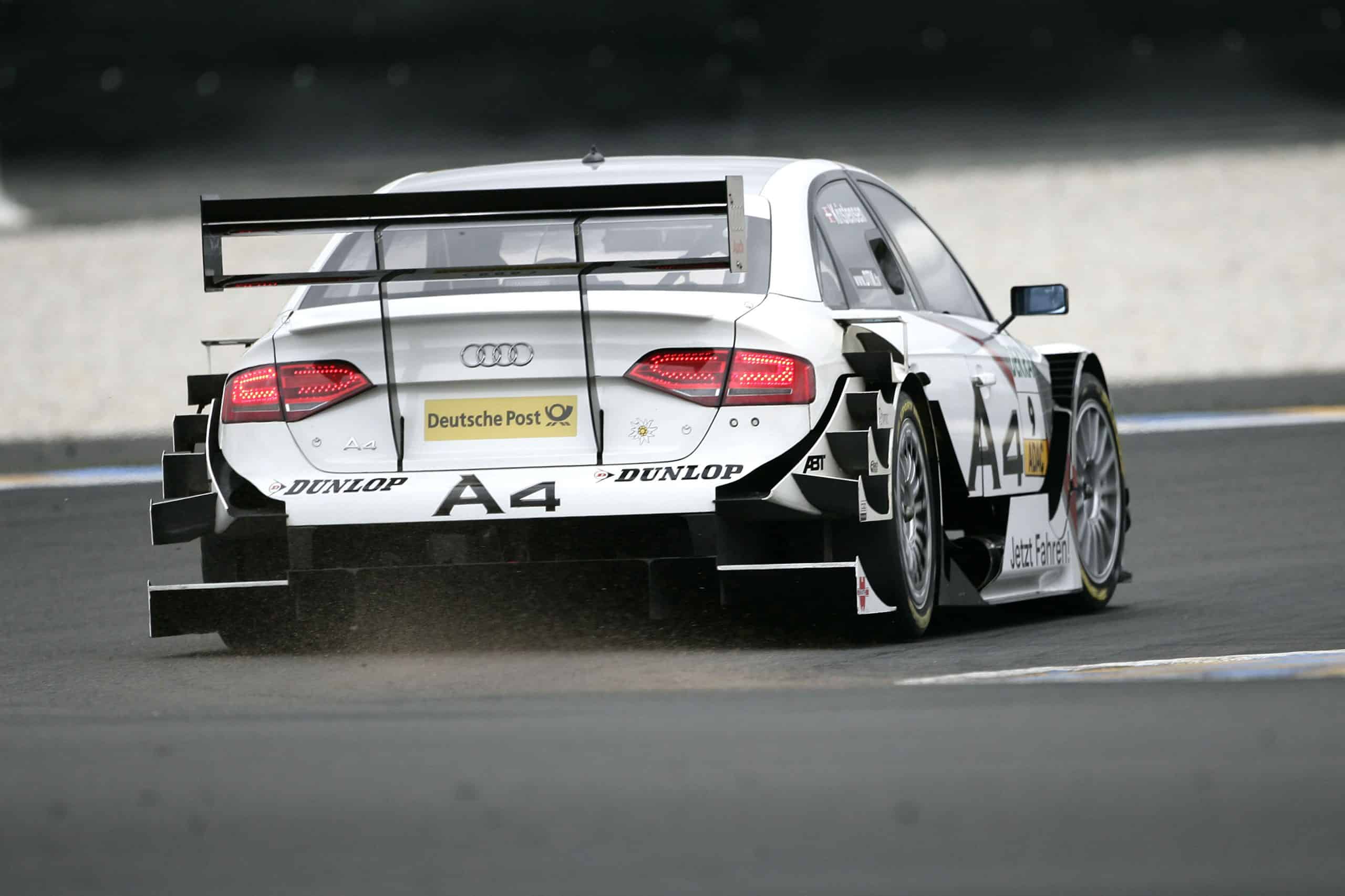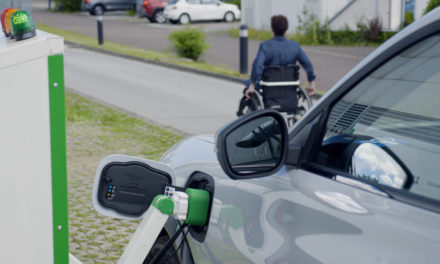
Audi prepares to rejoin the postponed 2020 DTM season in July for what will be its final year in the series.
AUDI READY TO SIGN OFF ON THREE SPECTACULAR DECADES IN THE WORLD’S FASTEST TOURING CAR SERIES.
As Audi prepares to rejoin the postponed 2020 DTM season in July for what will be its final year in the series, we look back at the company’s numerous DTM highlights and multiple championship victories, hear from British DTM driver Jamie Green on why the series provides such incredible racing, and salute the cars that bore the four rings to victory. The DTM, which ran from 1984 to 1996 before resuming under a new format in 2000, has been an integral part of Audi’s story since the company first participated in the series in 1990. ‘Audi has shaped the DTM and the DTM has shaped Audi,’ acknowledges Markus Duesmann, Chairman of the Board of Management of AUDI AG.
More Victories In The Making;
To date, Audi has won 23 DTM championship titles, including 11 driver titles. As the series has travelled not just through Germany but across Europe and as far afield as Moscow and Shanghai, Audi has taken 114 victories, 345 podiums, 106 pole positions and 112 fastest laps to date. The 2019 season was Audi’s most successful ever and, hopefully, when the 2020 series gets underway, there will be more victories to celebrate.
Jamie Green, British Audi Sport DTM driver Q&A;
Leicester-born Jamie Green has driven for Audi Sport in the DTM since 2013. Here he tells us what it’s like to race in the world’s most spectacular touring car series
How did a British driver end up in the DTM?
‘I started racing stock cars in the UK in 1992 and then moved through karts and single-seaters. I won the 2004 Formula 3 Euro Series and then moved into the DTM in 2005. I joined Audi in 2013, and this is my 16th season in the DTM.’
How popular is the series in Germany?
‘It’s massive. The German manufacturers are all very patriotic about it. Audi, BMW, Opel and Mercedes-Benz have all competed in it over the past 20 years, and they all want to win. Compared to the British Touring Car Championship (BTCC), the cars are much more powerful and spectacular to watch. They are constructed from carbon fibre and are closer to Formula 1 cars than the road-derived touring cars in the British series.’
Which parts of the road-going Audi RS 5 are carried over to the race car?
‘Ha, the badges!’
Why is the series not better-known in the UK?
‘The series does come to the UK, but not every year. It’s getting more popular, but the crowds could definitely be bigger, and the series could be promoted better. I don’t think people fully understand it. It gets branded as a road-car-based touring car championship like the BTCC, but it’s so much more than that.’
How close is the racing?
‘It’s extremely competitive. It’s one of the hardest championships in the world. There are no bad drivers on the grid. Compared to a BTCC car, the performance of a DTM car is stratospheric. Our cars have 600PS, and the speed and sound are awesome. The series is incredibly technical, too. If the ride height at the front of my car is adjusted by just 0.6mm, I can feel the difference. You’ll never win a race unless you have a brilliant engineer – and, fortunately, I do, with Erich Baumgärtner.’
How do you feel about Audi withdrawing from the DTM?
‘It’s the end of an era, but we leave with a very proud record and some amazing memories. I’m looking forward to the DTM re-starting in August at Spa, and the eight more rounds that will follow. After that, I don’t know what the future holds for me, but I’m certainly not ready to retire!’
Audi V8 quattro DTM – 1990-1992
In 1990 Audi entered the DTM in some style with the 4.8-metre-long luxury V8 saloon. In keeping with the Group A regulations of the time, it even retained the road car’s elegant wood-veneer instrument panel. Fielding such a behemoth against the more compact, purely performance-focused BMW M3 and Mercedes-Benz 190 E may have looked like a gamble, but if it was, it certainly paid off. Just 18 months after its debut, the V8 quattro had delivered two DTM titles – the first with Hans-Joachim Stuck and the second with Frank Biela. In its ultimate guise, the naturally aspirated 3.6-litre V8 engine delivered 470PS and 380Nm of torque, distributed by a six-speed transmission and a twin-plate carbon-fibre clutch to a quattro all-wheel-drive system. The car’s weight fluctuated between 1220kg and 1300kg as competitors demanded it carry extra ballast in an attempt to slow it down.
In 1992, Audi entered the car with a modified engine crankshaft, which was twice approved by the ONS (Oberste Nationale Sportbehörde), German motorsport’s governing body, before eventually being declared illegal in June. Audi withdrew before the seventh race of the season, and while the brand’s initial, highly successful foray into the DTM ended much too soon, epic memories remain. ‘The V8 quattro was a huge car,’ recalls Frank Biela. ‘I was thunderstruck as I drove it for the first time at Vallelunga. The power steering was so good I could have driven around the circuit with one hand on the steering wheel. The car was incredibly easy to drive and in a league of its own.’
Audi 80 quattro DTM prototype – 1993
Audi began planning its return to the DTM in 1993 by developing a car to comply with the new FIA Class 1 Touring Car regulations. These were designed to level the playing field among the manufacturers, with every team forced to use a 2.5-litre naturally aspirated engine. While the engine had to be based, at least loosely, on a road-going derivative, there were no such restrictions on aerodynamic aids. Audi chose to base its DTM car on an 80 Saloon – but it was an Audi 80 unlike any ever seen before. The combination of a massive front air splitter, bulging wheel arches cloaking substantial 19-inch wheels with ultra-low-profile Dunlop tyres, ground-hugging side sills, a triple-deck boot-mounted spoiler and an aggressively styled rear bumper package produced a fearsome-looking track weapon.
Rather than rely on its proven five-cylinder technology, Audi took the opportunity to develop its new V6 engine, which in race guise produced a lusty 388PS and revved to 10,500rpm. A quattro all-wheel-drive system distributed power to the track. Engineers also had the freedom to experiment with advanced technology such as anti-lock brakes and traction control. Factor in a minimum weight of just 1040kg and the Audi 80 quattro DTM made for a scintillating prospect. Sadly, it never raced. Audi, like all the manufacturers developing new cars, was doing so on the understanding that this time there would be no weight ballast added to slow successful cars. When the organising body announced that they would keep the weight penalty system in place after all, Audi, along with BMW, declined to participate.
Audi only built one 80 quattro DTM prototype. The company still proudly displays the car today, and it remains an intriguing motorsport what-might-have-been.
Abt-Audi TT-R DTM – 2000 – 2003
In 1996, three years after Audi left the DTM – then known as the German Deutsche Tourenwagen Meisterschaft or German Touring Car Championship – the series folded. It returned in 2000, with DTM now standing for Deutsche Tourenwagen Masters or German Touring Car Masters. The four-rings marque was represented on the grid of the new series from the start, although not initially by an Audi factory team. Instead, the privately run Team Abt Sportsline developed and fielded the Abt-Audi TT-R.
All-wheel drive was prohibited in the new DTM, as it was for most touring car series. The ban was due in no small part to the fact that, in 1996, Audi had entered the A4 quattro SuperTouring in seven national championships – and won them all. While Abt was unable to play the quattro ace, at least the sound of V8 thunder returned, as the TT-R was powered by a 463PS eight-cylinder engine, sending the drive to the rear wheels.
Abt Sportsline found itself up against the works Mercedes-Benz and Opel squads. The TT-R may not have been on the pace to begin with, but showed promise in its second season, taking two wins. The following year, 2002, Laurent Aïello stormed to the drivers’ title in his bright yellow TT-R. The French ace even managed to secure the trophy one race before the end of the season at Zandvoort. And although Abt Sportsline was only a small team, it threw one very big party in the Dutch seaside town that night.
Audi A4 DTM 2004 – 2011
Between 2004 and 2011, Audi Sport fielded seven different versions of the A4 DTM. After only three races of the 2004 season, the car had claimed its first victory, and gave Audi the manufacturers’ crown and Sweden’s Mattias Ekström his first DTM drivers’ title during its debut year. In total, the A4 DTM delivered five drivers’ and three manufacturers’ championships. In compliance with the DTM regulations, the A4 DTM featured a steel space-frame chassis with a carbon-fibre monocoque and was powered by a front, longitudinally-mounted 460PS naturally aspirated four-valve V8 engine. Drive was taken to the rear wheels via a triple-plate CFC (carbon fibre composite) clutch and a six-speed sequential manual-shift gearbox. Double wishbone suspension was deployed front and rear.
Over the eight years in which Audi campaigned the A4 DTM, it employed an all-star line-up of drivers, including Danish nine-time Le Mans 24 Hours winner Tom Kristensen, as well as triple Le Mans victor Allan McNish and 2017 Le Mans winner Oliver Jarvis, both from Britain. Ekström took his second drivers’ title in 2007. Having cut his DTM teeth in the Abt-Audi TTR alongside Laurent Aïello, Ekström found the first A4 DTM ‘skittish and difficult’ to drive compared with the more compliant later versions. Musing over how much the pace of all the DTM cars increased, he says: ‘At first the gaps between the cars were in tenths of seconds, later they in were in hundredths of seconds.’ ‘My favourite opponents in all the years?’ continues Ekström. ‘Jean Alesi and Gary Paffett at Mercedes-Benz, with whom I had fantastic dogfights, and not forgetting my team-mate Tom Kristensen. There were qualifying sessions during which we fought tooth and nail for every hundredth of a second. Tom was always up for a fight. Then it was extremely tough!’
Audi A5/RS 5 DTM – 2012 – 2020
For 2012 Audi shifted the shape of its DTM racer from the A4 Saloon to the A5 Coupé. The car consisted of around 4000 parts, approximately 50 of which were prescribed by the DTM for all manufacturers. The car retained the V8 engine used to such good effect in the A4 DTM. However, drivers were now able to change gear using paddleshifts on the steering wheel. Unlike the A4, which had a steel roof, the A5’s entire body was made from carbon fibre. In 2013, Audi upgraded to the RS 5 DTM, which again retained the V8 engine. A second version of this car arrived in 2014 – but the big change came in 2019, when the DTM abandoned its V8 engine formula and downsized to 2.0-litre, four-cylinder turbocharged engines and new Class 1 regulations. Audi responded with the RS 5 Turbo DTM. And what a response it proved to be.
The team was bolstered by the arrival of the highly experienced British DTM driver Jamie Green, and during the RS 5 Turbo’s debut season Audi won the manufacturers’ championship by 582 points – the largestin DTM history. René Rast secured his second drivers’ title with Audi, taking this one with a 72-point advantage – another DTM record. And the three teams chosen by Audi Sport to run its race cars – Rosberg, Abt Sportsline and Phoenix – locked out the top three positions in the teams’ championship. During 2019, Audi’s engineers extracted more than 610PS from the RS 5 DTM’s 2.0-litre TFSI petrol direct-fuel-injection engine, a figure that’s even more impressive when you consider that DTM cars run on regular, 102-octane forecourt fuel. For 2020, the organisers have cut the fuel flow rate to the engine from 95 to 90kg per hour. Even so, the Audi power unit still musters more than 650Nm of torque and approximately 580PS. An additional 60PS is available via a push-to-pass system, which drivers can use 24 times per race. They can also activate the car’s DRS (Drag Reduction System) to enhance top speed and promote overtaking. Weighing just 986kg, the RS 5 Turbo DTM can accelerate to 62mph in a mere 2.8 seconds and reach a top speed of approximately 186mph. And as Ulrich Baretzky, the recently retired Head of Engine Development at Audi Sport, explains, Audi’s success in the DTM should bring benefits for road drivers too: ‘The DTM engine has an extremely low specific fuel consumption, which is now moving into regions where it used to typically be for diesel engines. In terms of weight and lightweight construction – particularly concerning CO2 reduction – we’re developing technology that will hopefully find its way onto the road in the future – like TFSI and TDI technology, with which Audi won the Le Mans 24 Hours race.’
The RS 5 Turbo is sure to provide spectacular racing when the DTM gets underway in August. It’s already proven a worthy successor to Audi’s legendary DTM race machines. And when the four-ring marque concludes its final season in the series, the RS 5 Turbo DTM can proudly take its place alongside its illustrious predecessors in the Audi museum. Although, like so many of the iconic race and road cars from Audi’s 111-year history, we’ll see it in action again at special events.

